Mastering the art of measuring jeans ensures a perfect fit‚ comfort‚ and style. Whether shopping online or in-store‚ accurate measurements are key to finding your ideal pair. This guide provides a comprehensive approach to measuring both your body and garments‚ helping you make informed decisions and enjoy a flawless fit every time.
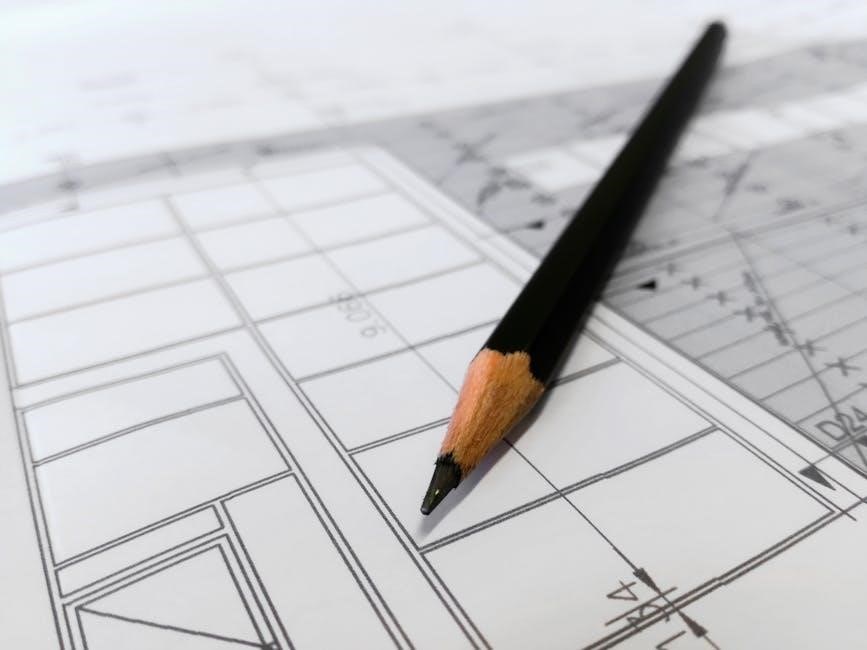
Why Accurate Measurements Matter
Accurate measurements are crucial for ensuring jeans fit perfectly‚ combining comfort and style. Ill-fitting jeans can lead to discomfort and an unflattering appearance‚ while proper measurements guarantee a tailored look. Whether shopping online or in-store‚ precise measurements help you identify the correct size‚ reducing the risk of buying jeans that are too tight or too loose. This guide emphasizes the importance of accurate measurements‚ detailing how they impact both comfort and style. By understanding key measurements like waist‚ inseam‚ and hip‚ you can make informed decisions and avoid costly alterations or returns. Taking the time to measure carefully ensures a flattering‚ comfortable fit every time‚ making accurate measurements an essential step in your jean-buying journey.
Understanding Different Jean Styles
With numerous jean styles available‚ understanding the differences is essential for finding the perfect fit. From slim-fit to relaxed‚ and low-rise to high-rise‚ each style caters to specific body types and preferences. Regular-fit jeans offer a classic‚ versatile look‚ while slim-fit styles provide a more tailored appearance; Relaxed-fit jeans are ideal for comfort and a casual vibe. Low-rise jeans sit lower on the waist‚ offering a trendy aesthetic‚ whereas high-rise styles provide more coverage and support. Body type plays a significant role in choosing the right style‚ as certain fits may flatter or accentuate different features. By identifying your preferred style and understanding its measurements‚ you can ensure a flattering and comfortable fit. This guide helps you navigate the variety of jean styles‚ making it easier to select the one that suits you best.
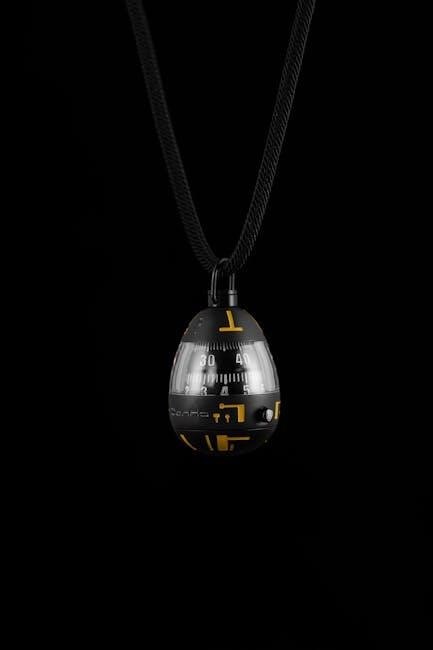
Preparing for Measurement
Preparing for measurement involves gathering tools and laying out jeans properly. Use a measuring tape‚ flat surface‚ and smooth out wrinkles for accuracy and consistency.
Tools Required for Measuring Jeans
To measure jeans accurately‚ you’ll need a few essential tools. A flexible measuring tape is the most critical tool‚ as it allows you to take precise measurements around curves. A flat‚ hard surface is necessary for laying out the jeans to ensure smoothness and avoid wrinkles. Additionally‚ a ruler or straightedge can be helpful for measuring straight edges like the inseam or leg opening. For consistency‚ ensure the jeans are buttoned and zipped before measuring. Having a notebook and pen nearby to record your measurements is also a good idea. Proper preparation of these tools will ensure your measurements are accurate and reliable‚ making it easier to find the perfect fit.
How to Lay Out Jeans for Measurement
Begin by laying the jeans flat on a smooth‚ hard surface‚ such as a table or countertop. Ensure the surface is clean and free of wrinkles or creases. Button and zip the jeans completely to maintain their natural shape. For accurate measurements‚ align the seams symmetrically‚ with the left and right sides mirroring each other. Gently smooth out any wrinkles or folds using your hands. If necessary‚ use a light iron to remove stubborn creases‚ but avoid stretching the fabric. Position the jeans so the waistband is flat and the fly is centered. For consistent results‚ always measure the same way‚ whether you’re assessing the waist‚ inseam‚ or seat. Properly laying out the jeans ensures precise and reliable measurements.
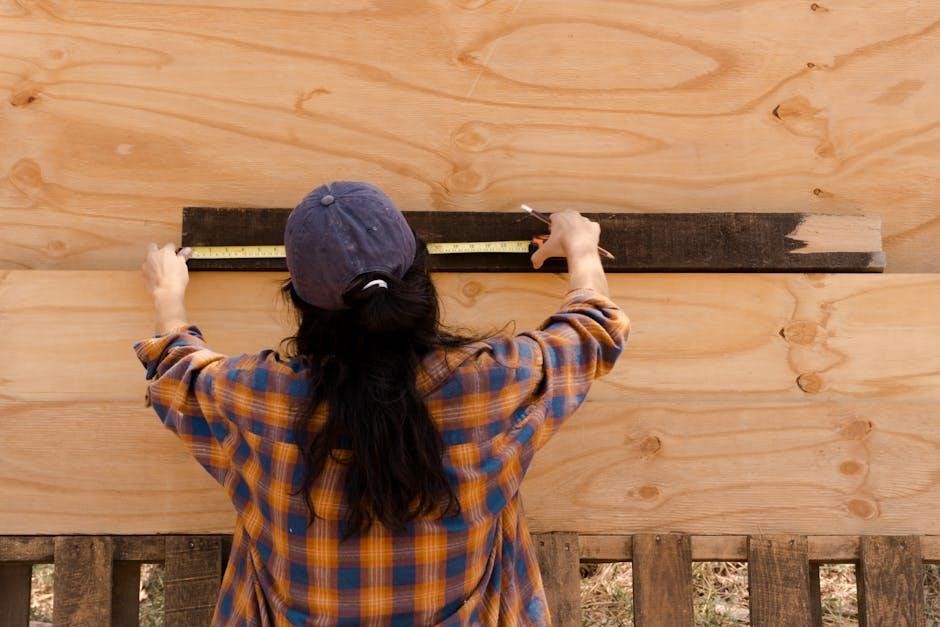
Body Measurements for Jeans
Accurate body measurements are essential for finding the perfect fit. Measure your waist‚ hips‚ and inseam to determine your size and ensure comfort and style.

Measuring Waist Size
To measure your waist size for jeans‚ locate your natural waistline‚ which is the narrowest part of your torso‚ typically just above your belly button. Wrap a flexible measuring tape around this area‚ ensuring it is level and parallel to the floor. The tape should be snug but not too tight. For accurate results‚ stand up straight and breathe naturally. If you’re measuring for low-rise jeans‚ position the tape just below your belly button. Record the measurement in inches or centimeters. This measurement will help determine your ideal jean size and ensure a comfortable‚ flattering fit. For the most precise results‚ consider having someone assist you or use a mirror to check the tape’s alignment.
Measuring Hip Size
To measure your hip size for jeans‚ stand up straight and locate the widest part of your hips‚ typically about 7-9 inches (18-23 cm) below your waistline. Wrap a flexible measuring tape around this area‚ ensuring it is level and parallel to the floor. The tape should be snug but not tight‚ and your arms should be at your sides. This measurement helps determine the fit of the jeans through the hips and thighs. For accurate results‚ avoid slouching or holding your breath. If possible‚ have someone assist you to ensure the tape is properly aligned. Record the measurement in inches or centimeters. This will help you select jeans that fit comfortably and flatter your body shape.
Measuring Inseam
To measure the inseam of your jeans‚ start by wearing a well-fitting pair and standing upright. Locate the crotch seam where the inseam begins. Place the measuring tape at this point and extend it straight down along the inside of the leg to the bottom hem. Ensure the tape is snug but not too tight or loose. Standing straight is crucial for accuracy‚ as slouching can distort the measurement. Measure both legs if possible to check for consistency. Record the length in inches or centimeters. This measurement helps determine the pant length that fits your leg best‚ ensuring the jeans are neither too short nor too long. Accurate inseam measurement is vital for selecting the correct size‚ especially when shopping online or choosing between petite‚ regular‚ or tall sizes. By precisely measuring‚ you can achieve a balanced fit that complements your body proportions.

Jean Measurements
Jean Measurements involve assessing key areas like waistband‚ seat‚ thigh‚ knee‚ and bottom opening. Accurate measurements ensure optimal fit‚ comfort‚ and desired style.
Measuring Waistband

To measure the waistband of jeans‚ lay them flat on a surface and button them up if applicable. Locate the top edge of the waistband‚ then wrap a tape measure around it snugly but not too tightly. This ensures an accurate measurement that reflects how the jeans will sit when worn‚ helping to determine the correct size or ensure a proper fit.
Measuring Seat
To measure the seat of jeans‚ lay them flat on a surface with the back pockets facing upward. Locate the widest part of the seat‚ which is typically just below the waistband. Place the tape measure horizontally across this area‚ ensuring it is parallel to the ground. Gently pull the tape measure snug to mimic how the jeans will fit when worn. Take note of the measurement to compare with size charts. For accuracy‚ ensure the jeans are buttoned and zipped‚ as this helps maintain their shape during measurement. This step is crucial for determining the proper fit around the buttocks and ensuring comfort and mobility.
Measuring Thigh
To measure the thigh of jeans‚ lay them flat on a smooth surface with the front and back sides aligned. Locate the crotch seam and ensure it is properly aligned for accuracy. Place the tape measure 1-2 inches below the crotch seam‚ depending on where you want the thigh measurement to be taken. Wrap the tape measure around the thigh area‚ ensuring it is parallel to the ground and not twisted. Gently pull the tape measure snug to match how the jeans will fit when worn. Record this measurement to compare with size charts. This step helps determine the fit around the thighs‚ ensuring comfort and mobility. Accurate thigh measurements are essential for a flattering and functional fit.
Measuring Knee
To measure the knee of jeans‚ start by laying the jeans flat on a smooth surface‚ ensuring the legs are straight and the fabric is smooth. Locate the knee area‚ which is typically about 19-20 inches below the waistline for most jeans. Place the tape measure horizontally around the leg at the midpoint of the knee. Ensure the tape measure is parallel to the ground and not twisted. Gently pull the tape measure snug to match the desired fit. Record this measurement to ensure the knee fits comfortably. This step is crucial for determining the fit around the knee‚ ensuring the jeans are neither too tight nor too loose. Accurate knee measurements help achieve a balanced and comfortable fit. Consistency is key for reliable results.
Measuring Bottom Opening
To measure the bottom opening of jeans‚ lay the jeans flat on a smooth surface‚ ensuring the legs are straight and the fabric is even. Locate the bottom hem‚ which is the edge at the ankle area. Place the tape measure horizontally around the leg at the bottom opening‚ ensuring it is level and not twisted. Gently pull the tape measure snug to match the desired fit. Record this measurement to determine the circumference at the ankle. This measurement is important for ensuring the jeans fit comfortably around the shoes and for achieving the desired taper or width at the bottom. Accurate bottom opening measurements help ensure the jeans are neither too tight nor too loose at the ankles. Consistency in measurement ensures reliable results for the best fit.
Measuring Rise
To measure the rise of jeans‚ lay the jeans flat on a smooth surface‚ ensuring the waistband is evenly aligned. The rise is the distance from the crotch seam to the top of the waistband. Using a tape measure‚ place one end at the crotch seam and extend it vertically to the top edge of the waistband. Record this measurement‚ which reflects how high the jeans sit on the body. The rise can vary depending on the style‚ such as low-rise‚ mid-rise‚ or high-rise. Accurate rise measurement ensures the jeans fit comfortably and align with personal preference for where the waistband sits. This measurement is crucial for determining the overall fit and comfort of the jeans‚ as it impacts how the pants sit on the hips and waist. Consistent and precise measurement ensures the best fit.
Measuring Inseam of Jeans
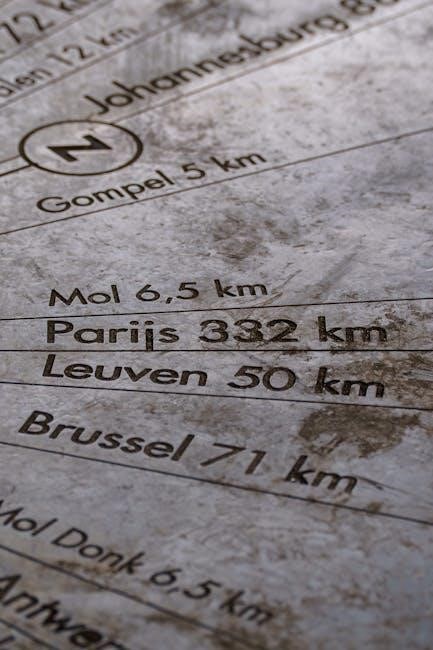
To measure the inseam of jeans‚ lay the jeans flat on a smooth surface‚ ensuring the legs are straight and the seams are aligned. The inseam is the distance from the crotch seam to the bottom of the leg opening. Using a tape measure‚ place one end at the crotch seam and extend it straight down to the edge of the bottom hem. Record this measurement‚ which determines the pant length. The inseam measurement is crucial for ensuring the jeans are the correct length for your body. It directly impacts comfort and style‚ as it affects how the pants fit around the legs and ankles. Accurate inseam measurement ensures the jeans are neither too long nor too short‚ providing the best fit and appearance. This measurement is essential for selecting the right size and style of jeans.

Using Measurements to Find Your Size
Compare your measurements to the size chart to determine your ideal fit. Consider brand-specific sizing variations to ensure accuracy and comfort in your chosen style.
How to Compare Measurements to Size Charts
To compare your measurements to size charts‚ match your recorded body and jean measurements to the corresponding values. Start with waist‚ hip‚ and inseam‚ as these are critical for fit. Use a ruler or tape measure to ensure accuracy. Check if your measurements align with specific sizes‚ noting any discrepancies. Consider your fit preference—slim‚ regular‚ or loose—to adjust accordingly. Be aware that sizing can vary between brands‚ so refer to the chart provided by the manufacturer. If your measurements fall between sizes‚ choose the closest one or consider sizing up for comfort. Double-check your calculations to avoid errors. For the best fit‚ use a size chart from a trusted brand or retailer. This step ensures your jeans will fit comfortably and look great. Consistency is key for accurate results.
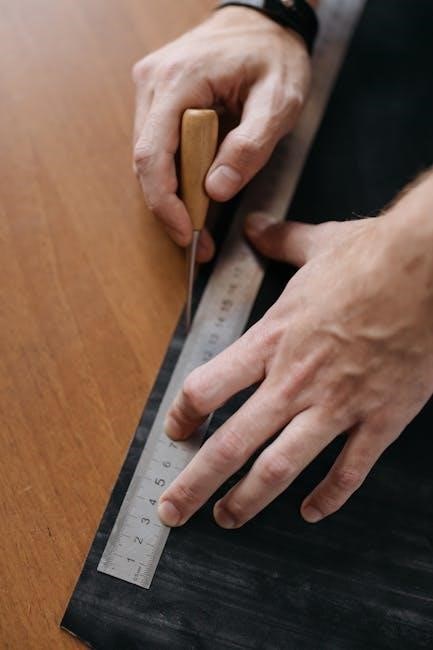
Understanding Sizing Variations Across Brands
Sizing variations across brands can make finding the perfect fit challenging. Different brands use unique sizing standards‚ and measurements may not align uniformly. Some brands cater to specific body types‚ such as petite or tall frames‚ while others focus on relaxed or slim fits. Regional differences also play a role‚ as sizing can vary between European‚ American‚ and Asian brands. Always refer to the size chart provided by the brand‚ as their measurements may differ from others. For consistency‚ compare your body measurements to the chart rather than relying on your usual size. Reading reviews or trying on jeans in person can help confirm the fit. Keep in mind that fabric stretch and style differences‚ like high-waisted or low-rise‚ can also affect sizing accuracy;